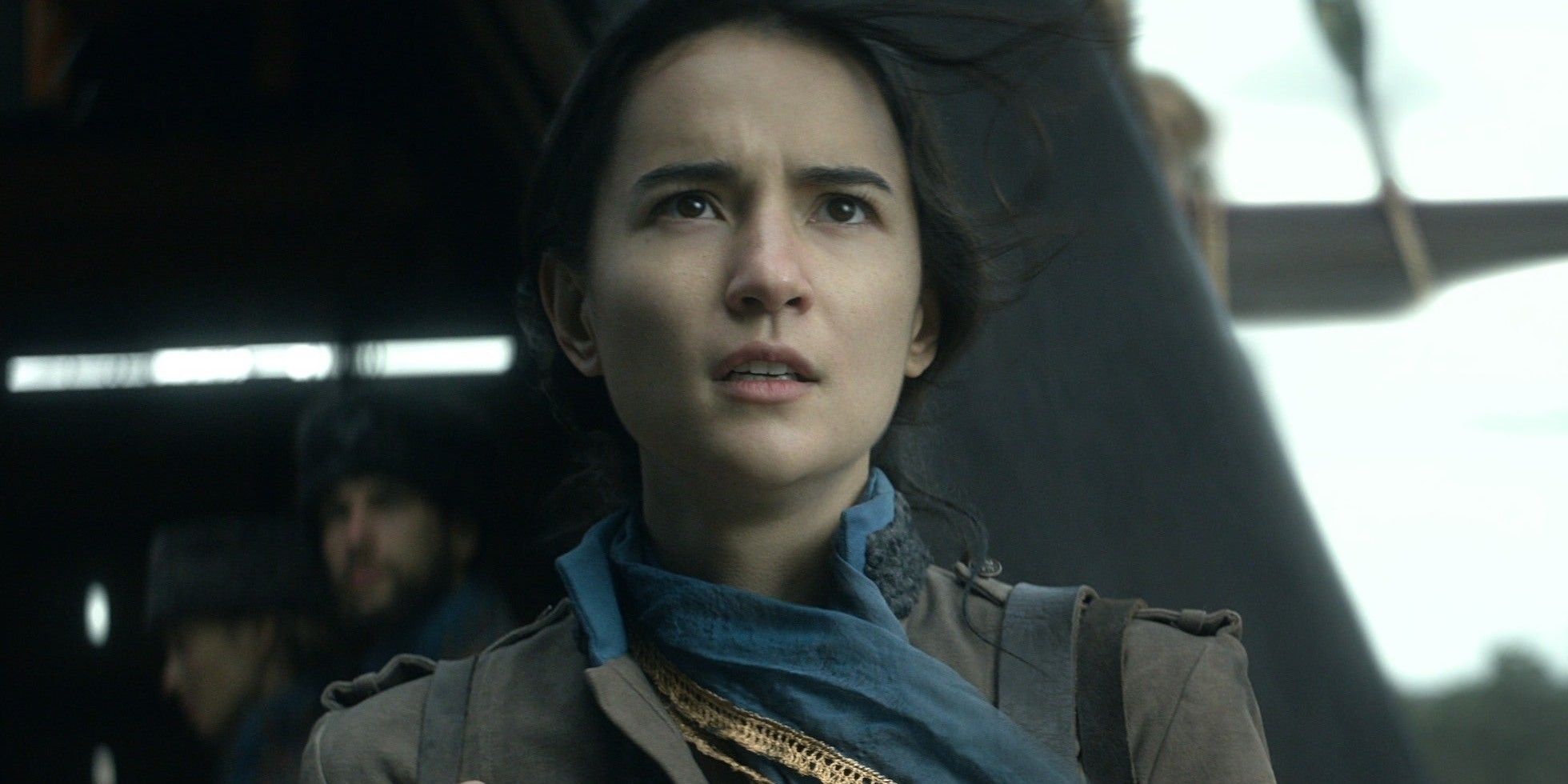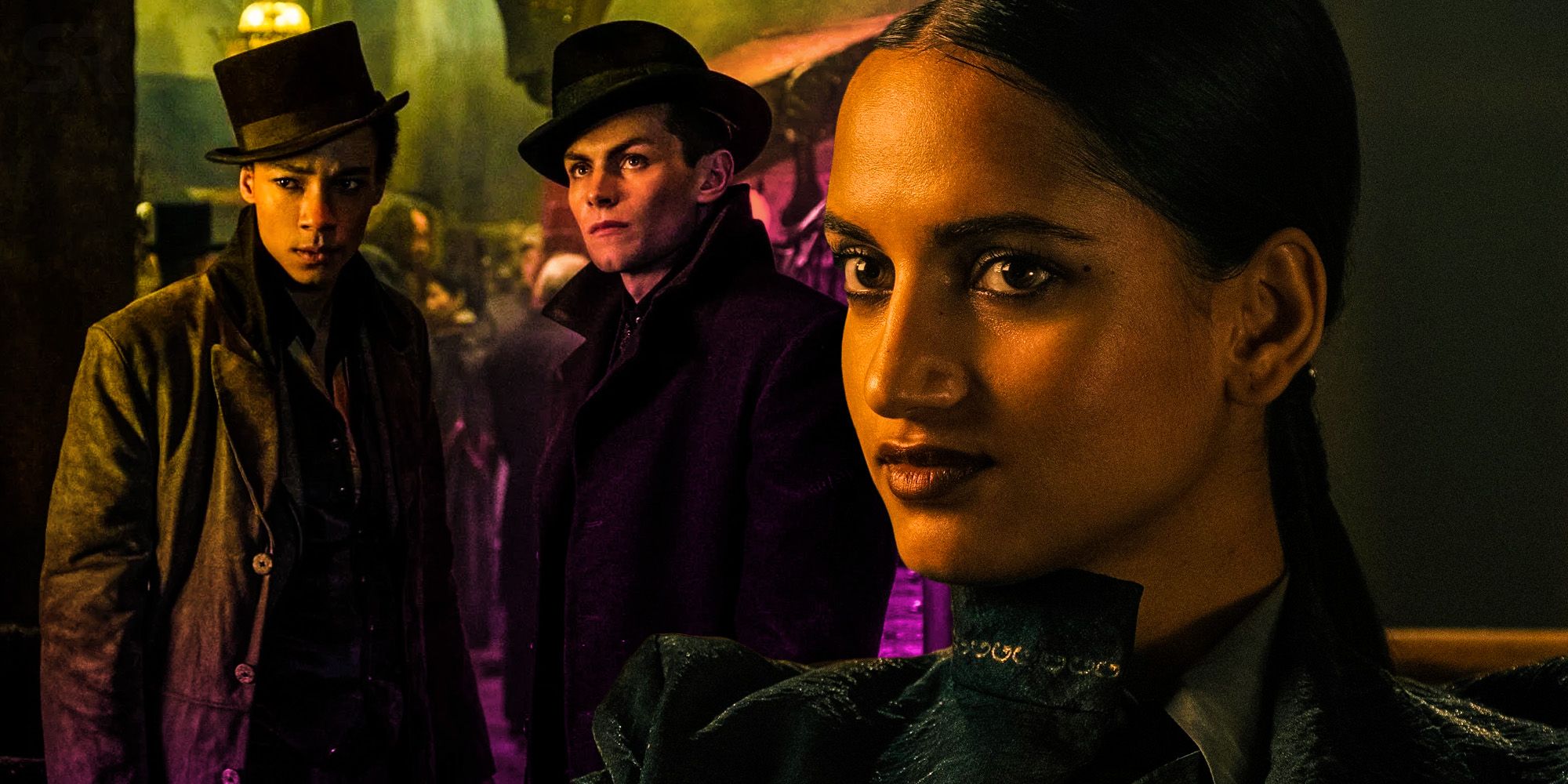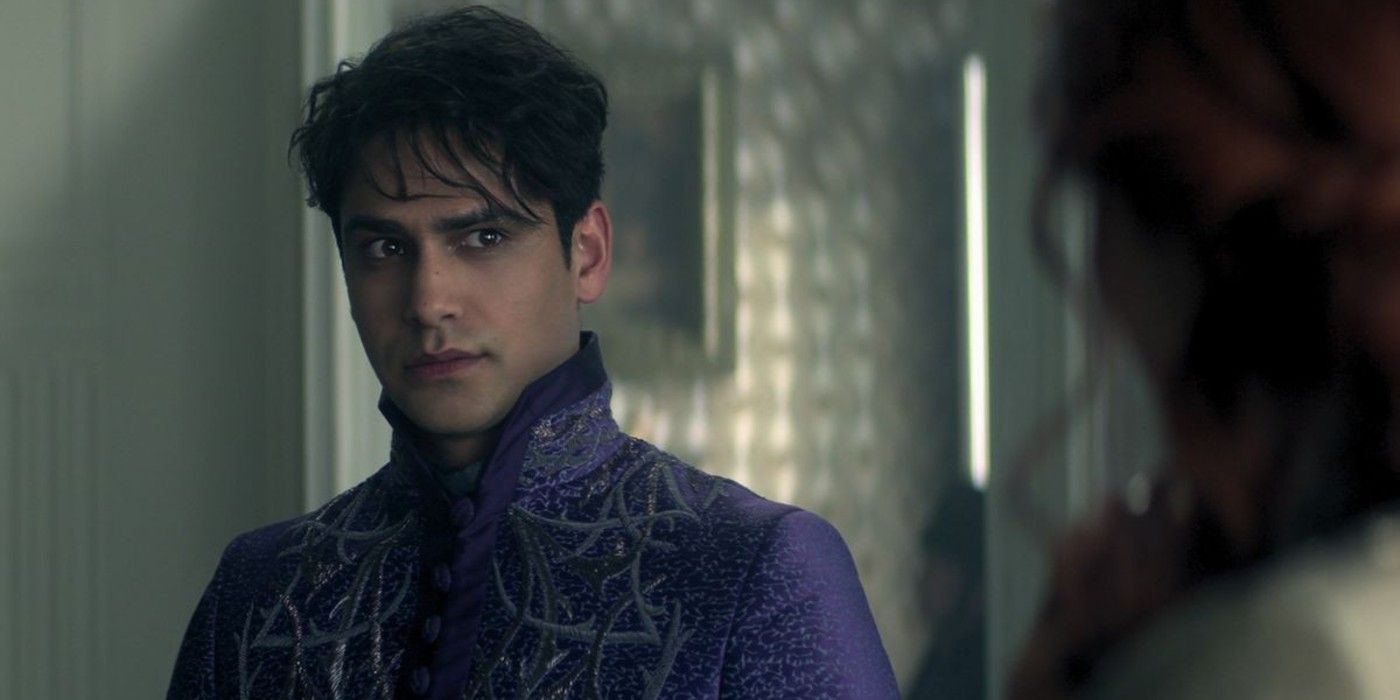It might be blasphemy to bibliophiles, but there’s no denying Netflix’s Shadow and Bone is better than the book. The streaming service’s adaptation of Leigh Bardugo’s first novel is one of the rare adaptations that improves on the source material. It almost never happens, but in this case, Netflix’s adaptation of Shadow and Bone enhances the original story.
Released in 2012, Shadow and Bone was Bardugo’s first entry into the world of publishing, and it shows. Even some book fans agree that Bardugo’s later works, such as the Six of Crows duology and the adult dark fantasy novel Ninth House, are better written. Bardugo herself has admitted in interviews that she relied too heavily on young adult fantasy tropes in the Shadow and Bone trilogy, such as the idea of a “Chosen One” saving the world. The novel is a comfortable and entertaining read, but one reason for that is that there are a fair number of cliches, whether it’s an individual phrases or story elements. Although Shadow and Bone explores some surprising themes and builds a fascinating world, Bardugo doesn’t reach her full potential as a writer until later books.
Unlike some other adaptations, Netflix’s Shadow and Bone doesn’t just retell the story, but develops it. Although the eight-episode series is primarily based on Shadow and Bone, it also incorporates characters from Six of Crows. The Crows — mastermind Kaz Brekker, cat burglar and master spy Inej Ghafa and sharpshooter Jesper Fahey — are lifted from Six of Crows, as are Ravkan Heartrender Nina Zenik and Fjerdan soldier Matthias Helvar. Adding these characters expands the world of the show and quickens the pace of the story. Netflix’s other changes, additions, and cuts are equally careful, creating a new story that appeals to fans and newcomers alike.
Alina’s Race Change Deepens The Narrative

One of the biggest changes in Netflix’s Shadow and Bone is to Alina’s race. In the books, Alina is 100% Ravkan, an orphan of the country’s border wars. Presumably, she’s white, conforming to Ravkan (a.k.a. Russian) demographics. In the Netflix series, however, Alina is half-Shu, her mother having hailed from Shu Han, a country based on Mongolia and China.
Alina’s biracial heritage adds a layer to her story. Instead of being a native Ravkan suddenly forced out of her place in the world, she’s an outsider who has always been searching for somewhere to belong. Alina’s discovery that she’s Grisha gives her access to a tight-knit group of people who have the potential to become a kind of family. Part of the reason she’s attracted to the Darkling is the promise of belonging he offers. Alina’s struggle to find identity is explored somewhat in the books, but the race change strengthens that narrative. Throughout season 1, she’s constantly grappling with the question, “What are you?” while trying to fit in among Grisha society.
As Alina soon discovers, her elevated social status doesn’t protect her from racism. As a lowly Ravkan soldier, Alina faced blatant discrimination and sometimes actual attacks. As the Sun Summoner, Alina isn’t in as much physical danger, but she still faces bias. The Little Palace is a place where appearances matter. As someone who looks like an enemy of the state, Alina faces stunning ignorance and insidious attacks on her character. Alina’s half-Shu backstory changes allow Shadow and Bone to explore racism and classism, as well as the intersection between the two.
Combining The Grishaverse Is The Right Move

Although it may have initially confused longtime fans, the decision to add characters from Bardugo’s Six of Crows to the Shadow and Bone series was a good move by Netflix. One of the best qualities of the Grishaverse is its complex and detailed world drawing comparisons to Game of Thrones. The stories don’t just take place in Alina’s home country of Ravka, but also in countries to the north and south — Fjerda and Shu Han — and across the True Sea in Kerch and Novyi Zem. The expansive world Bardugo creates has a complicated web of local and international politics. It’s populated by a multitude of different ethnic groups, all with their own religions and social rules. It’s plagued not just by fantastical threats, but also by military skirmishes.
In the Shadow and Bone novel, readers only see the world from Alina’s perspective. Limited by first-person point of view, the book follows Alina’s journey extremely closely, with no exploration of events in other countries or even Mal’s quest to find Morozova’s Stag (which, shown onscreen, makes Mal a much more sympathetic character). By bringing in other Grishaverse characters, Netflix expands the world of Shadow and Bone and adds context to Alina’s story. Audiences have a greater understanding of the Darkling’s motives when they see Drüskelle soldiers kidnap Grisha. They understand the rest of the world’s attitude toward Ravka through the Crow Club.
The Six of Crows characters also bring their own stories into Shadow and Bone, providing a contrast to Alina’s adventure. The Six of Crows stories bring humor, suspense, and action that doesn’t necessarily exist in the first book of the trilogy alone. The revelation that Alina is the Sun Summoner plunges her into a dark, dramatic and fantastical world of shadow and light. Hers is an epic and slow-moving story. In contrast, Kaz Brekker and his gang are caught up in a world ruled by practicalities, struggling to escape society’s underbelly under constantly-shifting circumstances. Theirs is a colorful and fast-moving heist story peppered with cynical humor.
Likewise, Nina’s story gives Shadow and Bone audiences a different kind of romance. Alina’s boy-next-door love for Mal and confusing attraction to the Darkling’s power create a unique love triangle that is undoubtedly one of the main draws of Shadow and Bone. In the face of that drama, however, it’s refreshing to see the more innocent, enemies-to-lovers kind of love blossom between Matthias and Nina Zenik, two people from completely different worlds. The show’s three intersecting stories quicken the pace of the overall show, holding the audience’s attention and piquing their interest in the Grishaverse.
Netflix’s Cuts Don’t Kill The Story

Like all adaptations, Netflix cuts some elements of the original Shadow and Bone story to shorten screen time. Unlike most adaptations, however, those cuts don’t cripple the story. Cutting content is a delicate art. The best adaptations eliminate small, standalone story elements that can be removed without damaging the overall narrative. Netflix follows that pattern, cutting out details about characters like orphanage headmistress Ana Kuya and Fabrikator David Kostyk. Netflix reduces the roles of these characters by leaving out some backstory, but keeps the essence of the story. Such cuts also create room to explore the backstories of other characters, such as the high-status Grisha Zoya and the Darkling, more deeply.
There’s more room for criticism around the changes Netflix makes to the story. Bardugo’s willingness to edit the story is one of the show’s biggest advantages, and the consensus is that most of the changes are for the better. This includes the addition of Arken the Conductor and the brewing civil war, for example, as well as the upgrades to Mal’s character, who is problematic and dour in the books. Some changes create awkward moments, however, as holdover lines or moments from the book aren’t properly explained. One of the best examples of this is in Shadow and Bone, season 1, episode 4, “Otkazat’sya,” when Alina has to let go of Mal to access her Sun Summoner power. It’s a fantastic moment, as it was in the novel, but is never fully explained.




